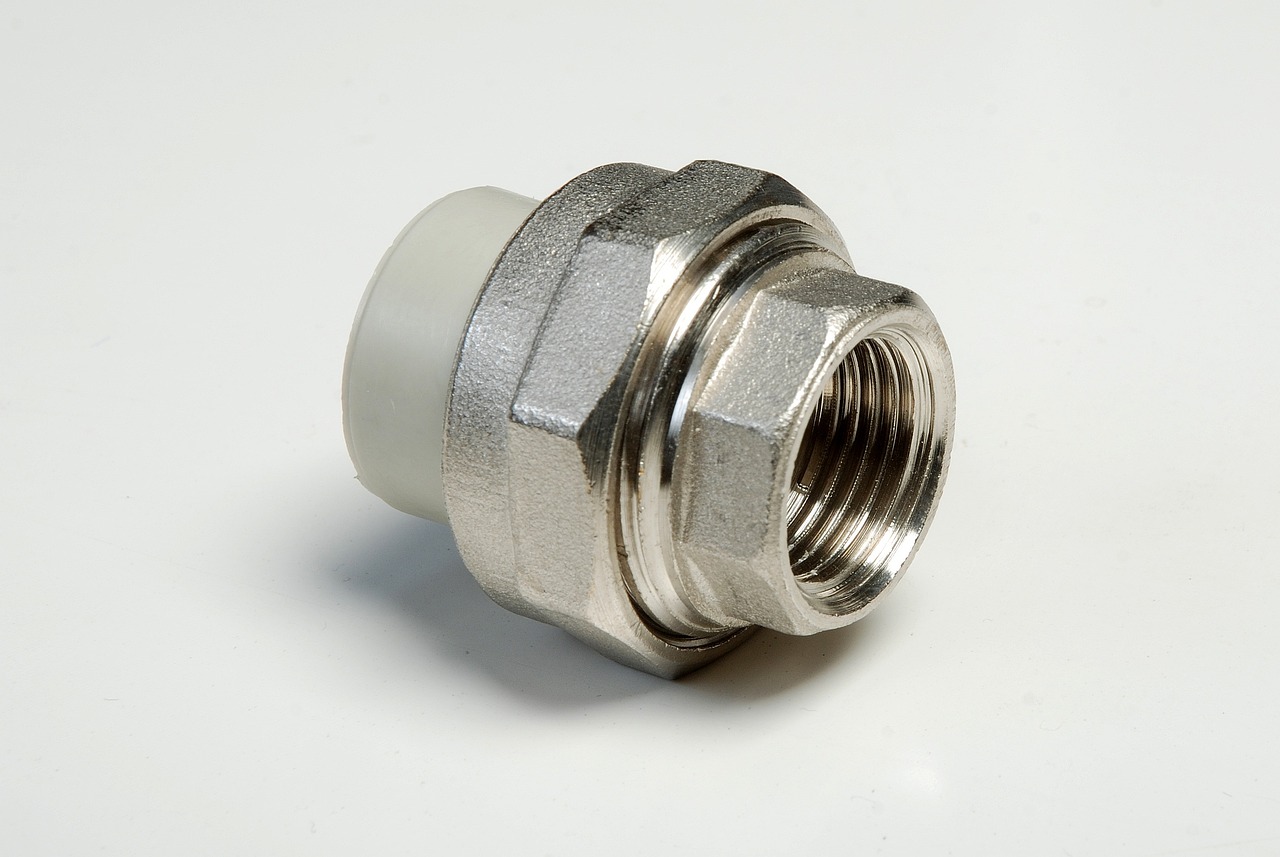Installing a pocket door in an existing wall can transform the functionality and aesthetics of your living space. This process involves careful planning, precise execution, and attention to detail. Before diving into the installation, it’s essential to assess whether your wall can accommodate a pocket door seamlessly. Gather the necessary tools, including a saw, level, screws, and screwdriver, to ensure a smooth installation process.
Once you have prepared the tools and assessed the wall, it’s time to cut an opening in the wall to create space for the pocket door. Assemble the pocket door frame according to the manufacturer’s instructions, ensuring it fits snugly within the wall cavity. Install the door panels carefully, making sure they slide smoothly and effortlessly.
After the door panels are in place, focus on the finishing touches to integrate the pocket door seamlessly into the existing wall. Apply trim and paint to match the surrounding wall, creating a cohesive look. Test the functionality of the pocket door by opening and closing it multiple times. Make any necessary adjustments to ensure smooth operation.

Preparation and Planning
When it comes to preparing and planning for the installation of a pocket door in an existing wall, attention to detail is crucial. Before diving into the project, it’s essential to assess whether the wall is suitable for accommodating a pocket door. Take measurements, check for any obstacles such as electrical wiring or plumbing, and ensure there is enough space within the wall for the door to slide in and out seamlessly.
Gathering the necessary tools and materials is the next step in the preparation process. From a stud finder and level to screws and a door handle, having all the required items on hand will streamline the installation process. Planning out each step meticulously will help prevent any hiccups along the way and ensure a successful outcome.

Installation Process
When it comes to the installation process of a pocket door in an existing wall, attention to detail is key. The first step is to carefully cut an opening in the wall that is suitable for the size of the pocket door frame. This requires precision and accuracy to ensure a perfect fit.
Next, the assembly of the pocket door frame is crucial. This involves following the manufacturer’s instructions to put together the frame correctly, making sure it is sturdy and level within the wall opening.
Once the frame is in place, the door panels can be installed. This step requires patience and finesse to ensure that the panels slide smoothly within the frame, providing easy access and functionality.
After the door panels are securely in place, it is time to complete the finishing touches. This includes adding any necessary hardware, such as handles or locks, and making sure everything is aligned properly for a professional and polished look.

Finishing and Testing
When it comes to the final steps of installing a pocket door in an existing wall, the finishing and testing phase is crucial to ensure a polished outcome. After all the hard work of cutting, assembling, and installing, it’s time to add the final touches and ensure everything functions smoothly.
One essential aspect of this phase is applying trim and paint to the pocket door and surrounding wall. This step not only enhances the aesthetics but also helps the door blend seamlessly with the existing decor. The right choice of color and finish can make a significant difference in the overall look of the room.
Once the finishing touches are complete, it’s time to test the functionality of the pocket door. Open and close the door multiple times to check for any issues such as sticking or misalignment. Make any necessary adjustments to ensure the door operates smoothly without any hitches.
Testing the door is crucial to guarantee its proper functioning in the long run. It’s better to address any issues now rather than deal with them later when they might be more challenging to fix. A well-installed pocket door should slide open and closed effortlessly, adding convenience and style to your living space.
Frequently Asked Questions
Can I install a pocket door in any existing wall?
It is important to ensure that the wall you choose can accommodate a pocket door. Check for any obstacles such as electrical wiring or plumbing that may hinder the installation process.
What tools do I need to install a pocket door?
You will typically need tools such as a circular saw, screwdriver, level, tape measure, and a hammer. Additionally, specific pocket door installation kits are available that contain all the necessary components for the process.
How long does it take to install a pocket door?
The time required for installation can vary based on the complexity of the project and your level of experience. On average, it can take a few hours to a full day to complete the installation process.